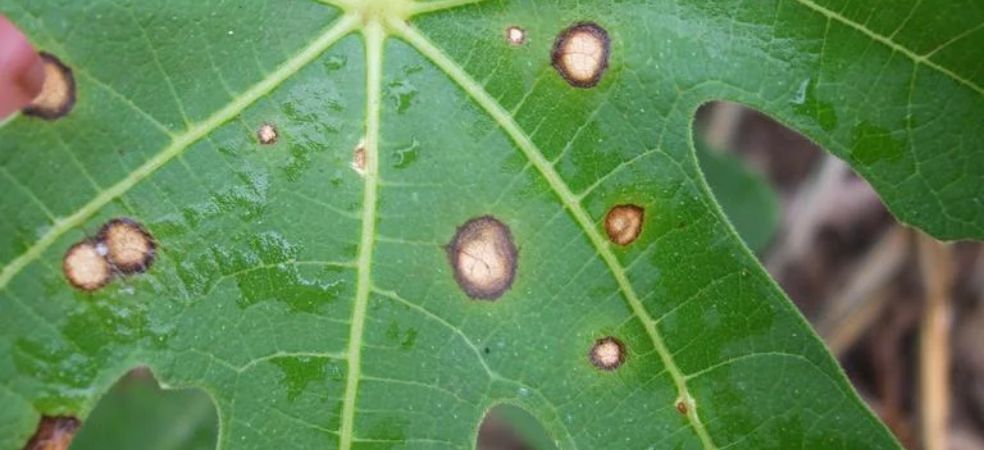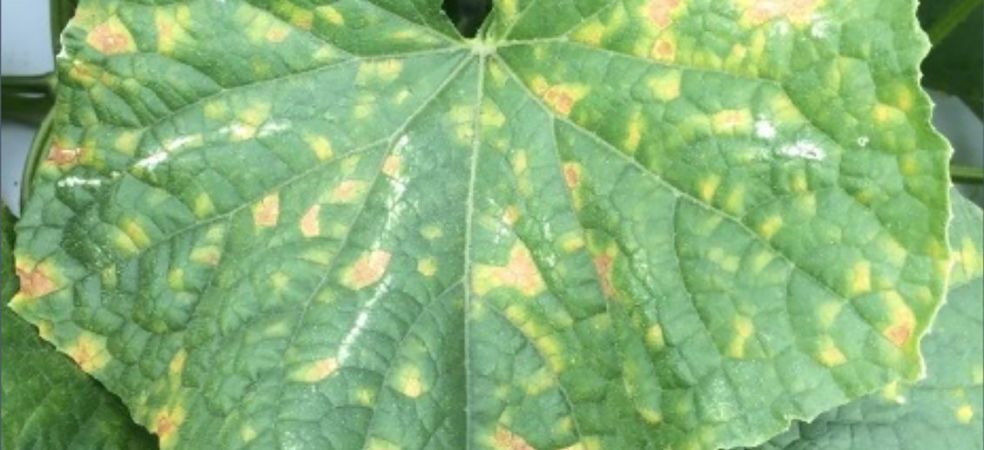This disease is caused by the fungus Cercospora malaensis. Affected plants develop angular to irregular brown spots on the leaves. In case of severe infection, these spots spread over the entire leaves and the leaves wither, due to which the affected leaves start falling soon.
Control Measures: Blue Copper (Copper Oxychloride 50% WP) @ 1 kg per acre or Indofil Z 78 (Zineb 75% WP) @ 600-800 g per acre + SilicoMaxx Gold @ 50 ml + Novamaxx (Gibberellic Acid 0. 001%) @ 300 ml per acre, mix it in 150 to 200 litres of water and spray.
ShareFor such important information related to the agriculture sector and farmers, do read Gramophone articles daily. If you liked today’s information then don’t forget to share.










